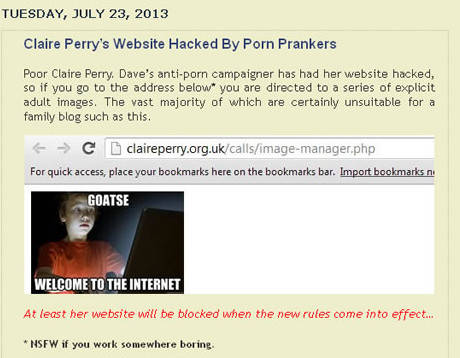In this month’s Reason, Michael Malice recounts his tourist trip to the Hermit Kingdom:
As background reading for my trip, I devoured several books about the nation (though Under the Loving Care of the Fatherly Leader by Bradley K. Martin and Nothing to Envy by Barbara Demick should be sufficient for anyone planning a visit). Like most other don’t-call-me-a-hipster New Yorkers, I also watched The Vice Guide to North Korea on YouTube, in which Vice honcho Shane Smith claimed that in North Korea, “there’s nothing normal that happens ever.”
My experience ended up being completely different from Smith’s — about the only thing we shared in common was that we coincidentally ended up staying in the same hotel room. I witnessed vast amounts of human normalcy in the most abnormal society on Earth. When I waved to teenage girls, they giggled. When I smiled at toddlers, their grandmothers beamed with pride. The people on the streets of Pyongyang are often alleged to be actors staffed for the benefit of tourists, but there is no amount of training in the world possible for a theater production of that scale.
The first step to entering North Korea is getting debriefed by the Western tour agency that acts as your liaison. I expected a long litany of do’s and don’ts from Phil, our Western guide in Beijing, but his advice was actually quite relaxed. “The North Koreans really like and admire their leaders, so we need to respect that. We will be laying flowers at the statue of Kim Il Sung and bowing before it. Does anyone have a problem with that?” No one did. “That’s about it. Just don’t be a jerk and everything will be fine.”
[…]
We tend to think of North Korea as being stuck in time, but that is an incoherent description. One can get stuck in traffic or in line at the airport, but “time” is a very big place. In the parking lot encounter, for example, the soldier was dressed in a 1950s military uniform. The woman wore the sort of cringeworthy 1980s pantsuit that a fresh-off-the-boat Soviet immigrant might view as the acme of style back home. Both were “stuck in time,” in different times, like a flapper talking to a hippie.
So while the contemporary Internet might be forbidden in North Korea, there’s a thriving black market in VCRs — the better to watch foreign videotapes on. Though I didn’t think of it at the time, the woman and the solider provided a perfect metaphor for where the modern dynamism in North Korea lies. The army is stuck in a Cold War rut, while the black marketeers — more often than not female — become “wealthy” and powerful by flouting the laws and bribing whoever they need to bribe. It’s capitalism de facto, not de jure. And it’s growing, as the poverty-stricken government becomes increasingly unable to feed its enforcers.
Although North Koreans are kept ignorant of much that happens outside the state — and just as much that happens inside it — they’re not completely isolated:
I couldn’t figure out how to ask Kim about world events or history. I knew this would be a touchy subject leaving for little back-and-forth. Picking her brain would easily come off as arguing, and would cause her native paranoia to kick in. I wanted to ask about the Holocaust, but knew World War II was an extremely sensitive area. I thought of the most world-famous event I could that would have little bearing on North Korea, and so at one point simply asked Kim if she had heard of 9/11.
“Of course,” she said, rolling her eyes at my obtuseness. “We saw it on the television.”
Her reaction was telling. She clearly felt that, though the media might be biased, it wasn’t particularly censored. In her view, the state media wouldn’t keep such major world events a secret.
I still remain quite surprised that they played the actual video. Despite the obvious reveling in America taking a hit, one can’t show 9/11 footage without showing something that most of us no longer register in those shots: the New York City skyline. The closest thing in Pyongyang is the 100-plus story Ryugyong Hotel (“The Hotel of Doom”) a never-finished monstrosity that’s been dubbed the worst building in the world and usually excluded from official photos. The comparisons between the wicked New York of their propaganda and the glowing skyscrapers, calling to immigrants like sirens of myth, could not be any greater.




